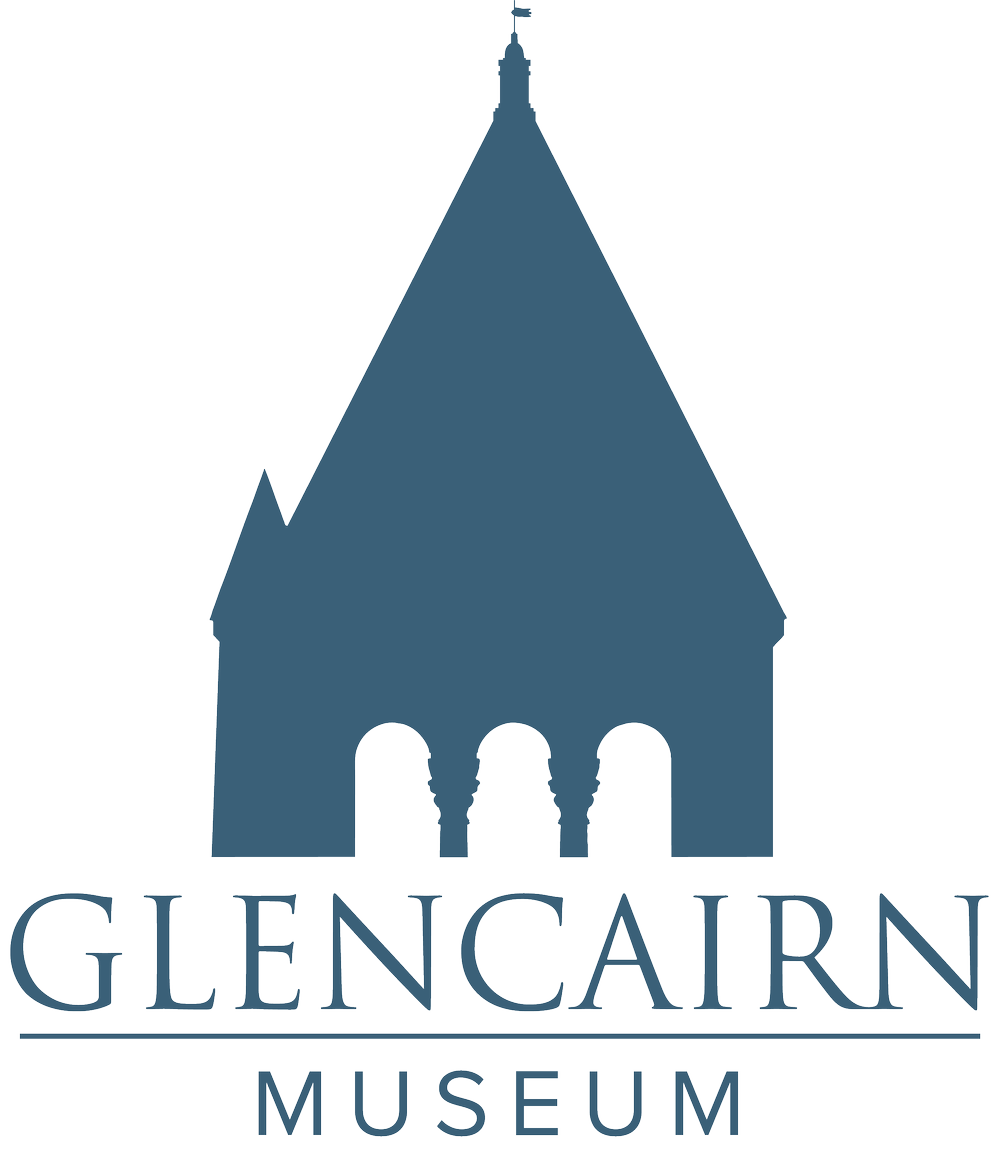Number 1, 2018
Glencairn Museum’s collection of ancient Egyptian jewelry, assembled by Raymond Pitcairn in the 1920s and early 1930s, includes strung beaded necklaces, amulets, and rings dating from at least as early as the First Intermediate Period (2130-1980 BCE) through the Greco-Roman Period (332 BCE- 323 CE). Individual elements include figures of gods, goddesses, and other magical and protective images, providing ample opportunity to study ancient Egyptian religious beliefs and magical practices.
Read MoreNumber 12, 2017
During the holiday season a life-size oil painting by Bryn Athyn artist Edwin Herder depicting the Adoration of the Shepherds (Luke 2:15-20) hangs above the fireplace in Glencairn’s Upper Hall. The painting is based on an illustration in The Christ Child, a 1931 children’s book by Maud and Miska Petersham.
Read MoreNumber 11, 2017
This year Glencairn Museum is featuring two exhibitions during the holiday season. Our ninth annual World Nativities exhibition presents 40 three-dimensional Nativity scenes, collected from 20 countries around the world. Another exhibition, Do You See What I See? Imagery in Nativity Scenes, explores the origins of the various elements that make up a Nativity scene. And Glencairn’s guided “Christmas in the Castle” tour answers the question, “How do you celebrate Christmas in a 20th-century castle?”
Read MoreNumber 10, 2017
In this essay for Glencairn Museum News, Michael Cothren, Glencairn’s Consultative Curator of Medieval Stained Glass, traces the history of our 13th-century “Visitation” panel, which depicts the visit of Mary (pregnant with Jesus) with Elizabeth (pregnant with John the Baptist). This stained glass panel is from the church of Sainte-Radegonde outside the city of Poitiers, France—the church that inspired the creation of the remarkable Christmas window in Glencairn’s chapel.
Read MoreNumber 9, 2017
Recently Glencairn Museum News interviewed Jason Klein of Historical Glassworks, located in Manheim, Pennsylvania. We asked Jason about the history of glassblowing in Bryn Athyn and his ongoing effort to recreate the famous “striated ruby” glass, made in Bryn Athyn’s glassworks for Bryn Athyn Cathedral and Glencairn.
Read MoreNumber 8, 2017
In this essay for Glencairn Museum News, Jack Hinton, Associate Curator of European Decorative Arts and Sculpture at the Philadelphia Museum of Art, traces the early history and importance of Raymond Pitcairn’s loans of medieval objects to the PMA, which “have allowed the visiting public to gain a more complete understanding of the spiritual and devotional purpose surrounding their creation.”
Read MoreNumber 7, 2017
In this essay for Glencairn Museum News, Egyptologist Dr. Jennifer Houser Wegner examines the remarkable ancient Egyptian libation bowl in Glencairn’s Bird Room. According to Dr. Wegner, “liquid offerings were an essential part of Egyptian cult practices, both in tomb and temple settings.” Purchased by Raymond Pitcairn in the 1920s, the bowl was originally installed in the entrance hall of Cairnwood. In 1939 it became the only Egyptian object permanently installed inside Glencairn.
Read MoreNumber 6, 2017
This issue of Glencairn Museum News explores the work of five artists who were influenced by the theological writings of Emanuel Swedenborg (1688-1772). Glencairn’s New Church (Swedenborgian) art collection includes examples of works produced by some of the most prominent artists known to have been inspired by Swedenborg’s writings, as well as a number by lesser-known artists. Swedenborgian themes, such as heaven and hell, the spiritual relationship of married couples, and the nature of the human soul, have become the subject matter of many of their paintings and sculptures.
Read MoreNumber 5, 2017
In this essay for Glencairn Museum News, art historian Dr. Julia Perratore explores evidence of protective imagery in a group of sculptures from Glencairn’s medieval collection. These images of fierce beasts originally decorated buildings, particularly churches, built in the Romanesque style of the eleventh and twelfth centuries.
Read MoreNumber 4, 2017
This issue of Glencairn Museum News explores the Pitcairn family chapels at Cairnwood and Glencairn. Cairnwood, the Beaux Arts-style home built by John and Gertrude Pitcairn (completed 1895), and Glencairn, the castle-like home built next door by the Pitcairns’ son Raymond and his wife Mildred (completed 1939), were both designed with impressive chapels to accommodate their tradition of family worship.
Read More